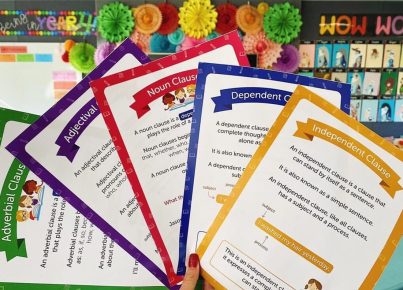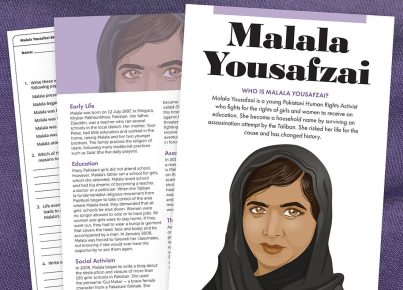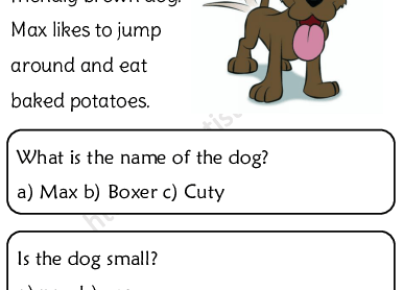Introduction
Literary devices are techniques used by writers to create a specific effect or to enhance their storytelling. They can help bring a reader’s attention to certain aspects of a text, evoke emotions, or add depth and complexity to a story. In this article, we will explore some common literary devices, provide examples of their usage and offer tips for students and teachers alike on how to recognize and apply them effectively.
1. Simile
A simile is a figure of speech that compares two unlike things using the words “like” or “as.” This device helps writers paint a vivid image in the reader’s mind.
Example: Her eyes were as blue as the sky on a clear summer day.
Tip for students: When analyzing literature, look for comparisons using the words “like” or “as.”
Tip for teachers: Encourage students to use similes in their writing to enhance their descriptions.
2. Metaphor
A metaphor is a figure of speech that involves comparing two unlike things without using “like” or “as.” Writers use metaphors to create imagery and make abstract ideas more tangible.
Example: Time is a thief that steals our youth away.
Tip for students: Identify metaphors by looking for unusual comparisons.
Tip for teachers: Teach students the difference between similes and metaphors, and challenge them to create their own metaphors in writing.
3. Personification
Personification involves attributing human characteristics to non-human objects, animals, or abstract ideas. It helps writers make their descriptions more vivid and relatable.
Example: The wind whispered through the trees, gently caressing each leaf.
Tip for students: Spot personification by detecting human qualities assigned to non-human entities.
Tip for teachers: Instruct your class on using personification as a way of creating more engaging imagery in their work.
4. Hyperbole
Hyperbole is an exaggerated statement used to emphasize a point or add humor. This device can grab readers’ attention and create memorable phrases.
Example: I’ve told you a million times to clean your room!
Tip for students: Be aware of statements that seem extravagant or extreme.
Tip for teachers: Teach students how hyperboles can function to underscore emotions or create vivid imagery.
5. Alliteration
Alliteration occurs when words in a phrase or line of text have the same initial sound. This device adds a musical quality to writing and can make it catchier.
Example: She sells seashells by the seashore.
Tip for students: Listen for repeated sounds at the beginning of words in close proximity.
Tip for teachers: Use alliteration in poetry lessons to teach rhythm and flow.
Conclusion
Understanding literary devices is an essential part of literary analysis and creative writing. For students, mastering these techniques can help elevate their essays and stories; for teachers, imparting knowledge of these devices can engage and inspire young writers. By exploring similes, metaphors, personification, hyperbole, and alliteration, students and teachers alike can begin to delve into the fascinating world of literary devices.




